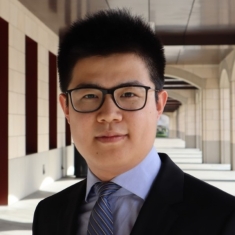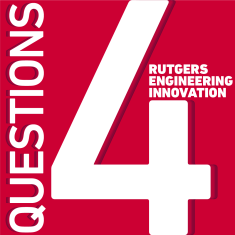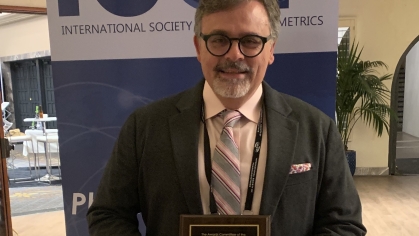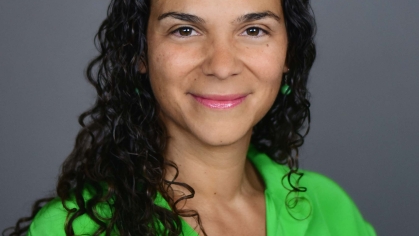Managing Chronic Disease with Wearable Monitoring Devices

Simiao Niu is an assistant professor in the Department of Biomedical Engineering (BME). He earned his Ph.D. degree in materials science and engineering and M.S. degree in electrical and computer engineering from the Georgia Institute of Technology. As a post-doctoral research fellow at Stanford University, he focused on stretchable electronics and an integrated wearable body sensor network for physiological signal monitoring and treatment.
Prior to joining the SoE faculty, Niu worked at Apple Inc. as first a health sensing hardware system engineer and most recently as a health technology research and development engineer. He looks to continue research into wearable devices and energy harvesting systems for biomedical applications in his wearable electronics lab.

Four Questions for Assistant Professor Simiao Niu
What fueled your passion for biomedical engineering?
My passion for using wearable electronics to solve biomedical engineering problems started with my father’s coronary artery disease.
At that time, I began to think about developing wearable technology that is able to continuously monitor multiple physiological signals from patients to help them manage chronic diseases.
Did you succeed?
My past successful research in developing wearable technology and performing bioelectronics related research has led to multiple awards, including the 2020-2022 Clarivate Web of Science Cross-Field Highly Cited Researchers Award and the 36th Japan Telecommunications Advancement Foundation Award.
What are some of your current research projects?
My current research projects involve developing multiple wearable technologies for different applications.
The first technology I’ve developed is called “body area sensor network.” With this, I can use a soft, stretchable on-skin sticker to wirelessly collect physiological information such as heart rate, respiration rate, body temperature, and more.
I’ve also developed a smart bandage, which can stimulate a wound to accelerate the healing process – by 25% compared to a general bandage – while monitoring the process by measuring wound impedance.
Finally, the third technology I’ve developed is for triboelectric energy harvesting devices, which can convert biomechanical energy from body movement to electricity to charge these wearable devices and extend their lifetimes.
What most excites you about your research?
I’m excited about my research because it is targeted to real applications. It also includes interdisciplinary research efforts such as biomedical engineering, electrical engineering, and materials science engineering.
I look forward to working with faculty, clinicians, and students to develop novel diagnosis technologies using new materials.
How might Rutgers students contribute to your research?
Rutgers has high-quality students who can contribute to my research in multiple areas, such as new biointerface material development, embedded system design, and biosignal analysis through machine learning.
I believe the interdisciplinary nature of my research will attract students who want to integrate what they have studied into real-world commercialized applications. And my background that combines both academic training and industrial experience can be beneficial to students with different career targets.

